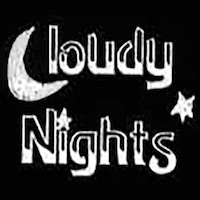According to B&H:Size and weight ; the retro more equal to a 8x30.
SFL 8x30: 459g
Leica 7x35: 590g
SFL 8x40: 641g
So the 7x35 are much closer to the 8x40.
Length is:
SFL 8x30: 11.9cm
Leica 7x35: 13.2cm
SFL 8x40: 14.5cm
So the 7x35 are exactly in the middle.











